Description
The AOM power stabilization module developed by CSRayzer is based on the basic principle of AOM, that is, under the condition of satisfying Bragg diffraction, the power of ultrasonic wave is directly proportional to the power of the first-order diffracted light. By changing the power of ultrasonic wave, the intensity of the first-order diffracted light can be controlled to achieve the purpose of power stabilization. When the laser passes through the module, the power stability is of the order of 1E-3.
AOM Power Stabilization Module Customized for Quautum Optics
Specifications
| Operational Wavelength Range: | 400 – 1100 nm |
|---|---|
| Acoustic Mode: | Transverse |
| Polarization Extinction Ratio: | ≥23 dB |
| Rreturn Loss: | ≥45 dB |
| Peak Power: | 2 W |
| Fiber Type: | SM PM |
| Connector: | FC/APC or FC/PC |
Applications
- Quantum computing
- Cold atom
- Quantum precision measurement
- Quantum communication
Frequently Asked Questions
What is the AOM Power Stabilization Module?
The AOM Power Stabilization Module developed by CSRayzer is a device that uses the principle of acousto-optic modulation (AOM) to stabilize the power of laser light by controlling the intensity of the first-order diffracted light.
How does the AOM Power Stabilization Module work?
The module works by using Bragg diffraction, where the power of the ultrasonic wave is directly proportional to the power of the first-order diffracted light. By adjusting the power of the ultrasonic wave, the intensity of the diffracted light can be controlled, achieving power stabilization.
What is the power stability of the module?
The power stability of the module is of the order of 1E-3.
What are the available central wavelengths for the module?
The available central wavelengths for the module are 420 nm, 461 nm, 509 nm, 780 nm, 852 nm, and customization options are available.
What is the polarization extinction ratio of the module?
The polarization extinction ratio of the module is ≥23 dB.
What is the working temperature range for the module?
The working temperature range for the module is 0 to 50 ℃.
What type of fiber and connectors does the module use?
The module uses SMPM fiber type and can be equipped with either FC/APC or FC/PC connectors.
Similar Products
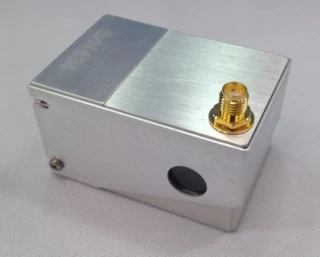
EQ Photonics GmbH - AOD 4085
EQ Photonics
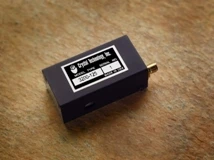
EQ Photonics GmbH - AOM 3080-125
EQ Photonics
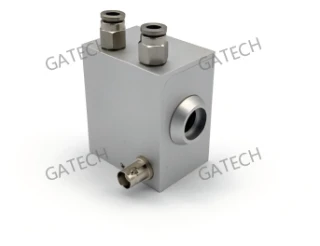
Acousto-Optic Q-Switch Water-Cooled GA-FS27-A20-G2
Guangao Technology

Acousto-Optic Q-Switch Conduction-Cooled GA-CQ080-800-A15-HC1
Guangao Technology
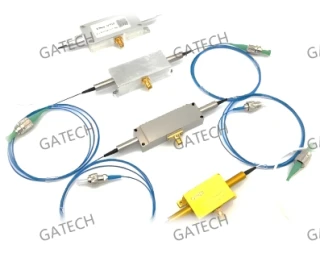
Fiber-Coupled Acousto-Optic Modulator, 2100nm, 200MHz, PM Fiber
Guangao Technology

1550nm 40MHz PM1550 Fiber Coupled Acousto-Optic Modulator
Shanghai Aoshi Control Technology Co.Ltd
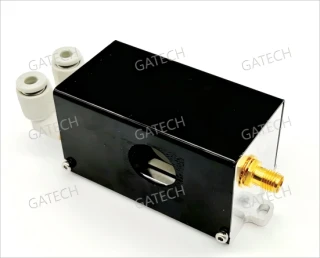
Acousto-Optic Deflector GA-AOD-1064-300M-A7-GH1
Guangao Technology
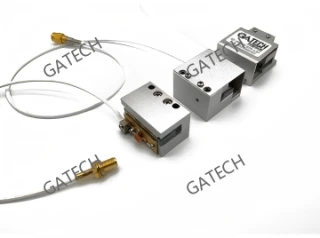
Acousto-Optic Modulators for Quantum Technology and Laser Velocimetry
Guangao Technology
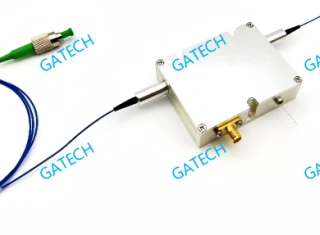
Integration Acousto-Optic Modulator
Guangao Technology
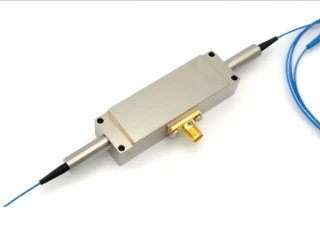
Acousto-Optic Modulator GA-FCAOM-1064-M200-o1-R3
Guangao Technology
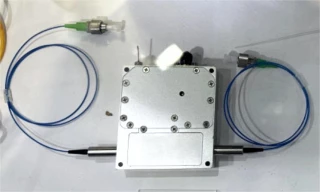
1550 nm 80 MHz PM Fiber Acousto-Optic Modulator
CSRayzer Optical Technology
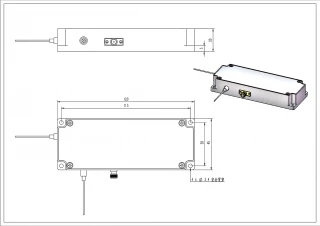
Double Pass Optic Integrated AOM Module for Quantum Optics 632nm 200MHz FAOM-D-632-200-PM
CSRayzer Optical Technology
Thank You!
Your inquiry has been received.
Create an account by adding a password
Why create an account?
- Auto-complete inquiry forms
- View and manage all your past messages
- Save products to your favorites
- Close your account anytime — no hassle
